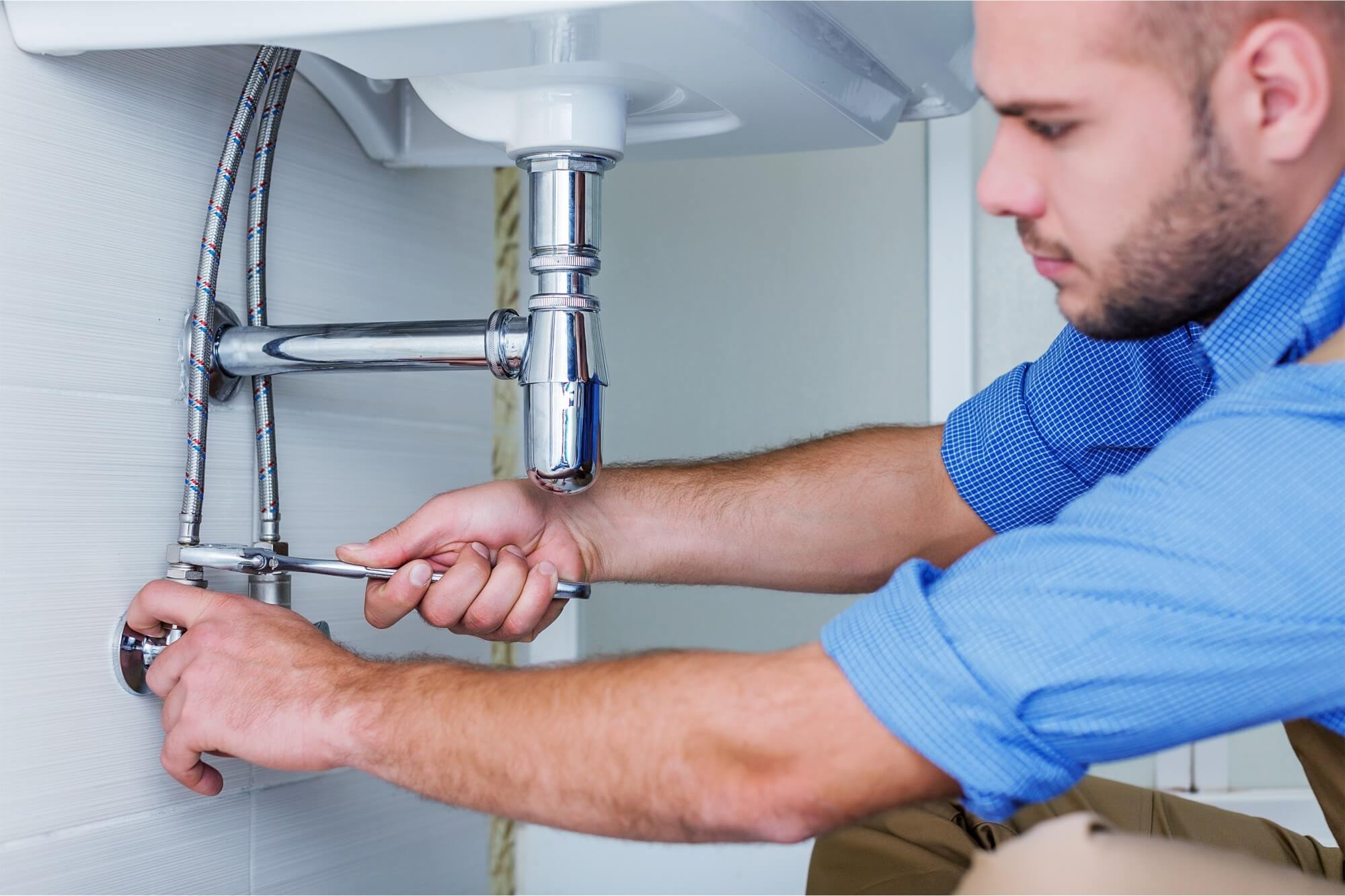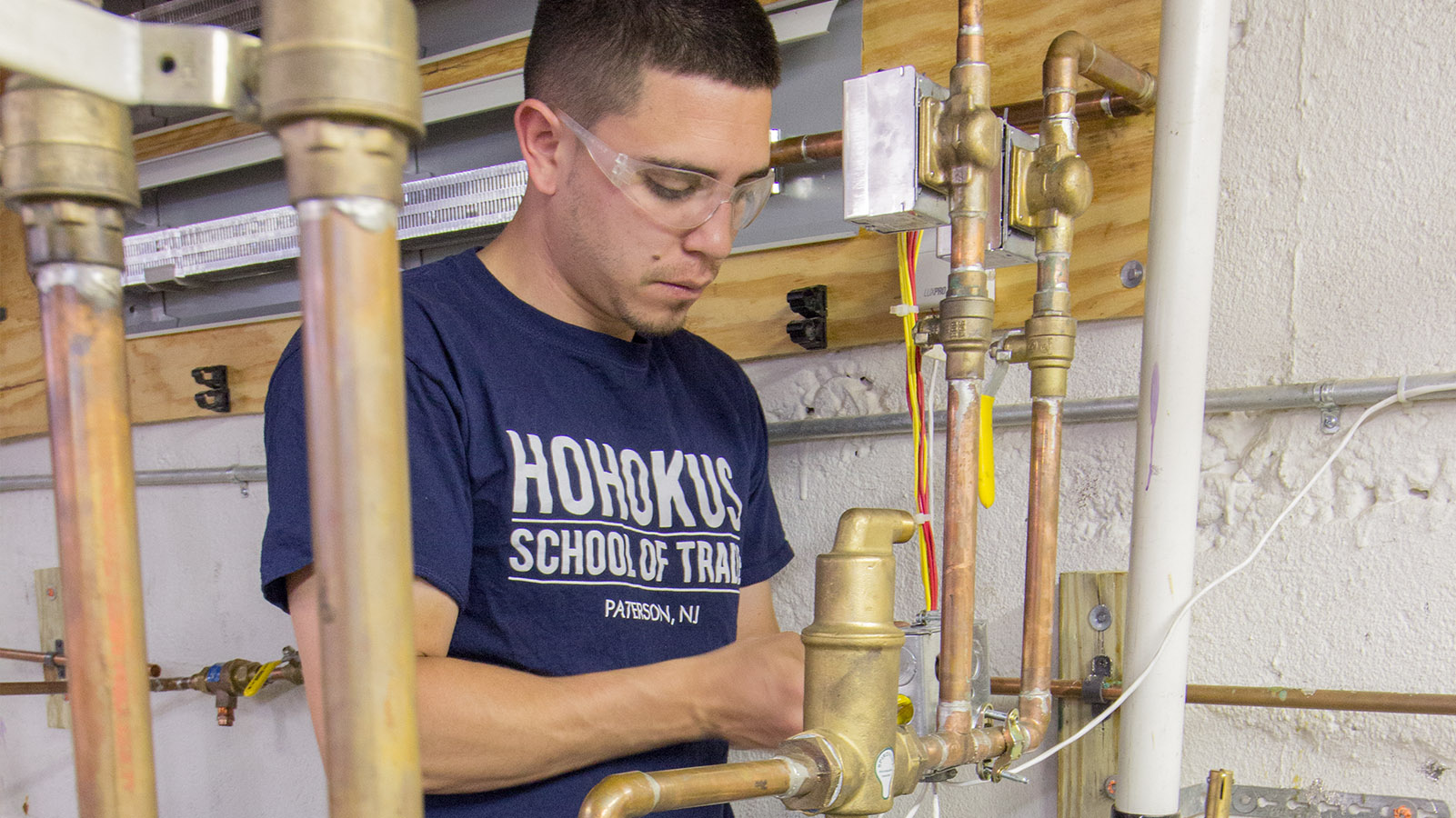Premier Plumber Alabaster AL Ready to Offer You Anytime
Premier Plumber Alabaster AL Ready to Offer You Anytime
Blog Article
A Step-by-Step Guide to Reliable Water Heating Unit Setup for Ideal Performance
Embarking on the task of installing a water heater is an endeavor that demands precision and a systematic strategy for accomplishing optimal efficiency. As you proceed, the ins and outs of linking water supply lines and setting up reliable electrical or gas links wait for, appealing understandings right into making sure efficiency and integrity.
Picking the Right Water Heating System

Next, think about the size and ability of the hot water heater. It's vital to evaluate your home's hot water demands, which can differ based upon the variety of residents and their usage patterns. A system that's also tiny may cause inadequate warm water, while an oversized design could result in unneeded energy consumption.
Effectiveness scores likewise play an essential duty in selection. Seek hot water heater with high Power Factor (EF) rankings, showing superior performance and decreased energy usage. Tankless versions, though usually much more pricey upfront, offer substantial energy cost savings in time due to their on-demand home heating abilities.
Preparing the Installation Area
Prior to setting up a new water heating unit, precise prep work of the installation area is crucial. This makes certain a smooth setup procedure and assists prevent future complications (Plumbing Services Alabaster AL). Begin by choosing a proper area that abides by neighborhood structure codes and security standards. The area ought to be dry, well-ventilated, and obtainable for maintenance. It's crucial to gauge the room thoroughly to suit the water heating system's dimensions, making certain adequate clearance around the unit for efficient procedure and servicing.
Next, get rid of any debris, dirt, or blockages from the site to create a tidy setting. Inspect the flooring for security, as the hot water heater will certainly need a strong, level surface area to operate properly. If essential, set up a drip pan beneath the unit to catch prospective leakages or spills, protecting against water damage to the surrounding area. In areas susceptible to seismic activity, consider installing seismic bands to secure the heating system securely in position.
Additionally, ensure that all essential devices and products are on hand before beginning the setup. This consists of items such as wrenches, screwdrivers, a degree, and any kind of extra hardware required for safeguarding the heater and installing. A well-prepared installment location sets the foundation for a successful hot water heater arrangement, enhancing efficiency and safety and security.
Connecting Water Supply Lines
When linking water system lines to your freshly installed hot water heater, it is essential to guarantee that all connections are leak-free and secure to maintain effective procedure and avoid water damages. Begin by identifying the cold and warm water lines. The cool water inlet is commonly marked with a blue label or a "C", while the hot water outlet is marked with a red tag or an "H".
Use versatile water heating unit connectors to promote a simpler setup process. Prior to connecting the connectors, put a plumber's tape around the threaded ends of the water heater's inlet and electrical outlet pipelines.
When connections are in location, gradually switch on the main water supply shutoff. Examine each link for leaks by aesthetically checking and really feeling for dampness. Tighten connections as necessary, and guarantee the pressure safety valve is appropriately mounted, securing versus extreme stress accumulation.
Establishing Up Electrical or Gas Connections
Appropriately setting up the electric or gas connections for your hot water heater is an essential step to make certain secure and efficient operation. For electric water site here heaters, start by validating that the electrical circuit works with the heating unit's voltage and amperage requirements. Guarantee the power supply is shut off at the breaker to stop mishaps. Connect the electrical cables to the heating unit adhering to the manufacturer's wiring layout. Typically, this includes connecting the ground wire to the green terminal, and the remaining cables to their matching terminals, securing each with cable nuts.
For gas water heaters, safety and security is paramount. Link the gas line to the water heating unit utilizing a versatile gas connector, guaranteeing it is properly threaded and secured with pipe joint compound or Teflon tape ideal for gas connections.
Once connections are made, examine for any kind of possible leakages. For gas lines, apply a soapy water option to the joints; bubbles indicate a leak. For electric connections, verify that all wiring is secure and effectively shielded, maintaining compliance with neighborhood electric codes.
Evaluating and Changing for Effectiveness
With the electrical and gas connections firmly in location, the next step is reviewing the functional performance of your water heating unit. Begin by very carefully transforming on the water supply and making sure there are no leakages at any of the joints or shutoffs.
Following, do a thorough inspection to make sure the burner or burner are working correctly. For electric heating systems, make use of a multimeter to verify if the components are attracting the appropriate present. In gas models, observe the heater flame; it must be blue and constant, indicating effective burning.
Readjust the settings as needed to eliminate ineffectiveness. Take into consideration implementing insulation procedures, such as including a hot water heater blanket, to additionally boost efficiency by decreasing heat loss. Furthermore, check the anode rod's condition, as a worn-out rod can decrease performance and result in container rust.
Conclusion
Effective water heating system installation is vital for guaranteeing optimal performance and power savings. Firmly connecting water supply lines and very carefully establishing up electric or gas links reduce prospective problems.

Appropriately establishing up the electrical or gas connections for your water heating system is an important action to ensure safe and efficient operation. For More Bonuses electrical water heaters, begin by confirming that the electric circuit is compatible with the heating system's voltage and amperage demands. Link the gas line to the water heating system making use of a versatile you can try this out gas adapter, ensuring it is correctly threaded and secured with pipe joint compound or Teflon tape appropriate for gas connections.
Report this page